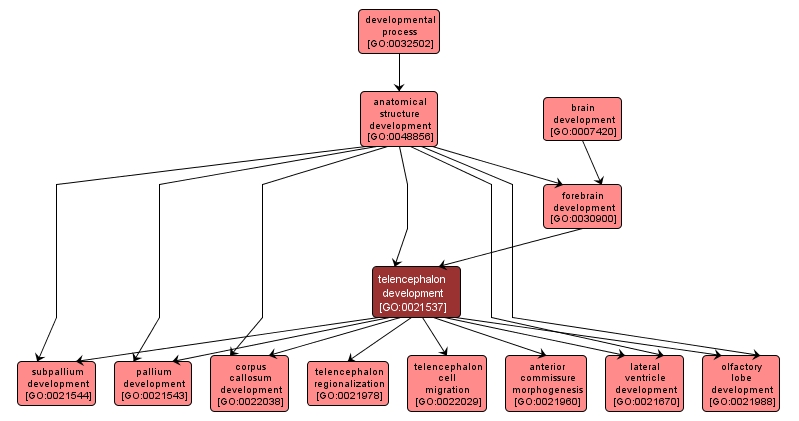| Desc: |
The process whose specific outcome is the progression of the telencephalon over time, from its formation to the mature structure. The telencephalon is the paired anteriolateral division of the prosencephalon plus the lamina terminalis from which the olfactory lobes, cerebral cortex, and subcortical nuclei are derived. |














